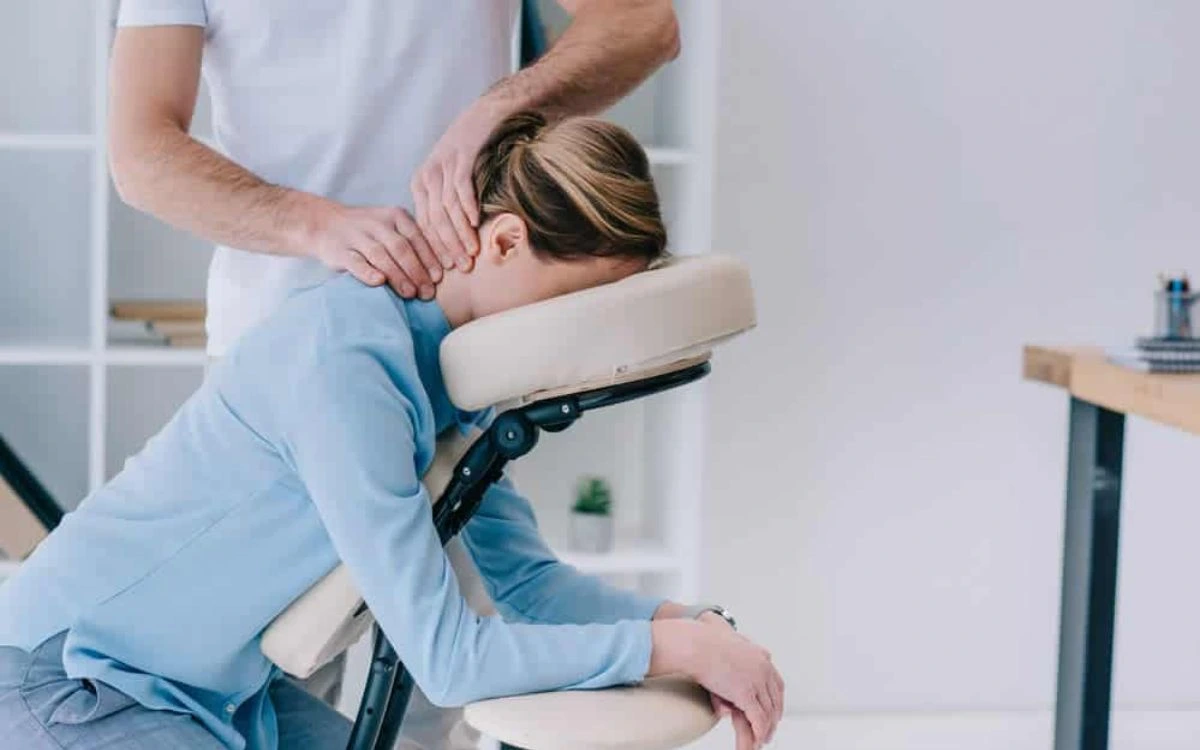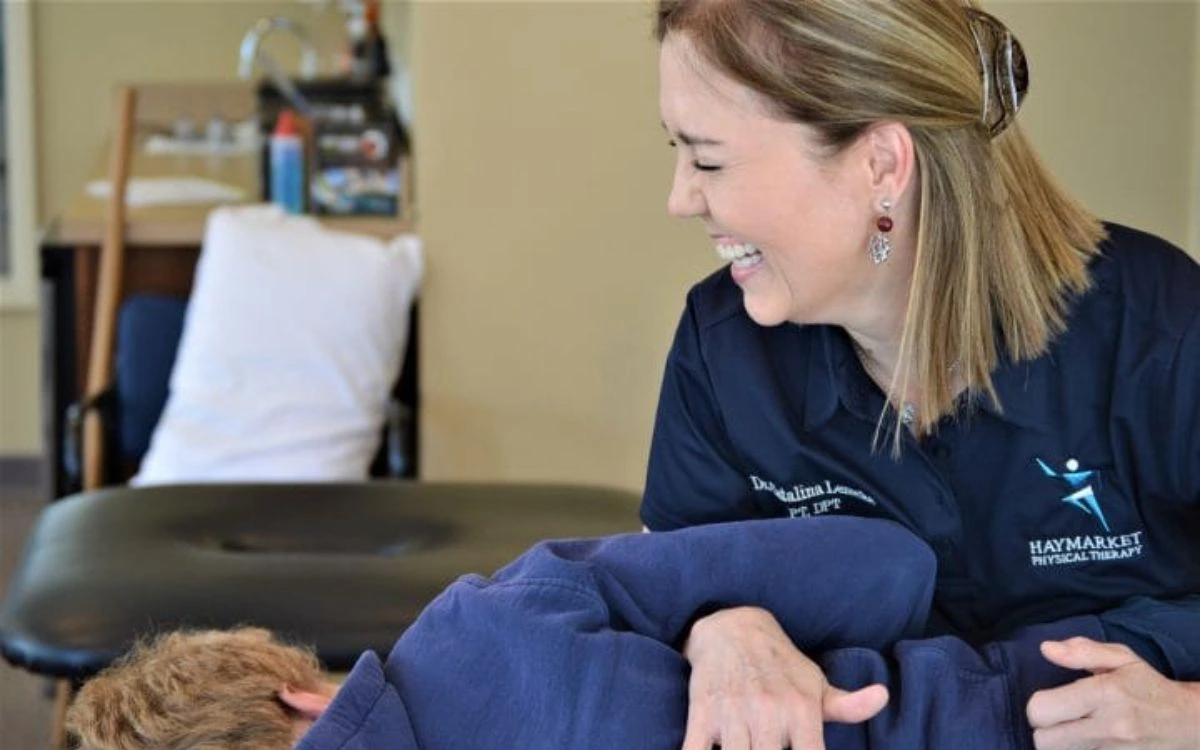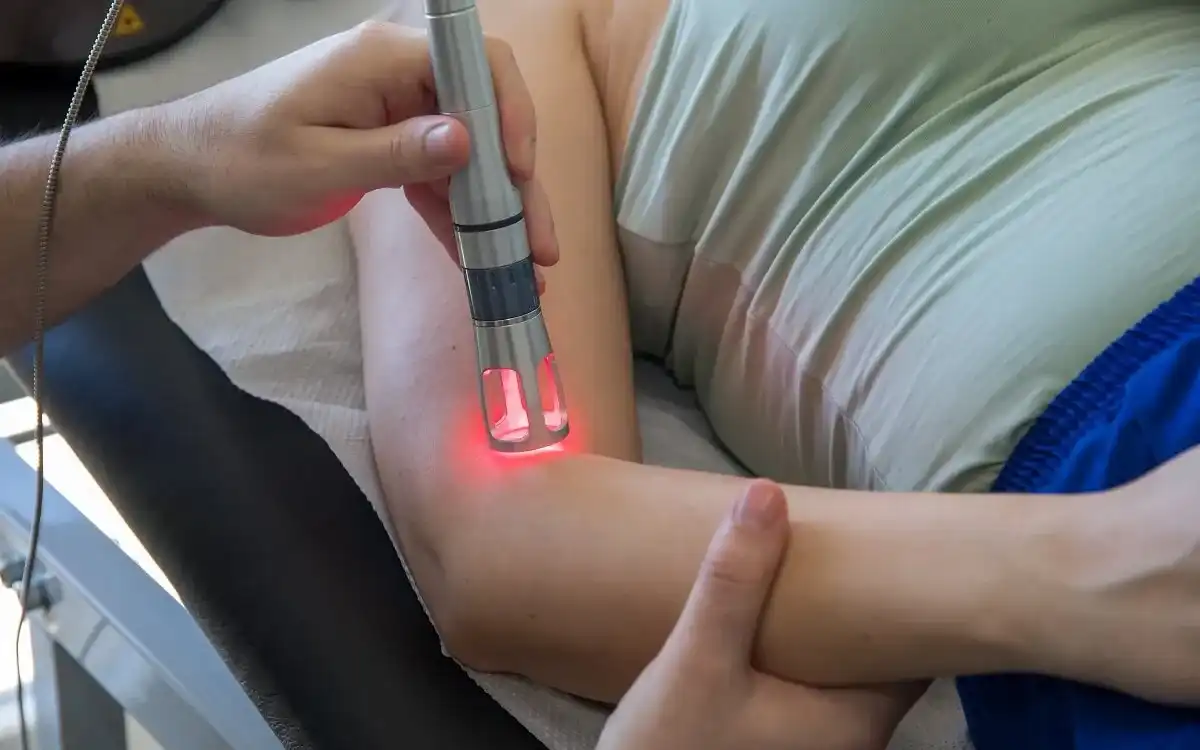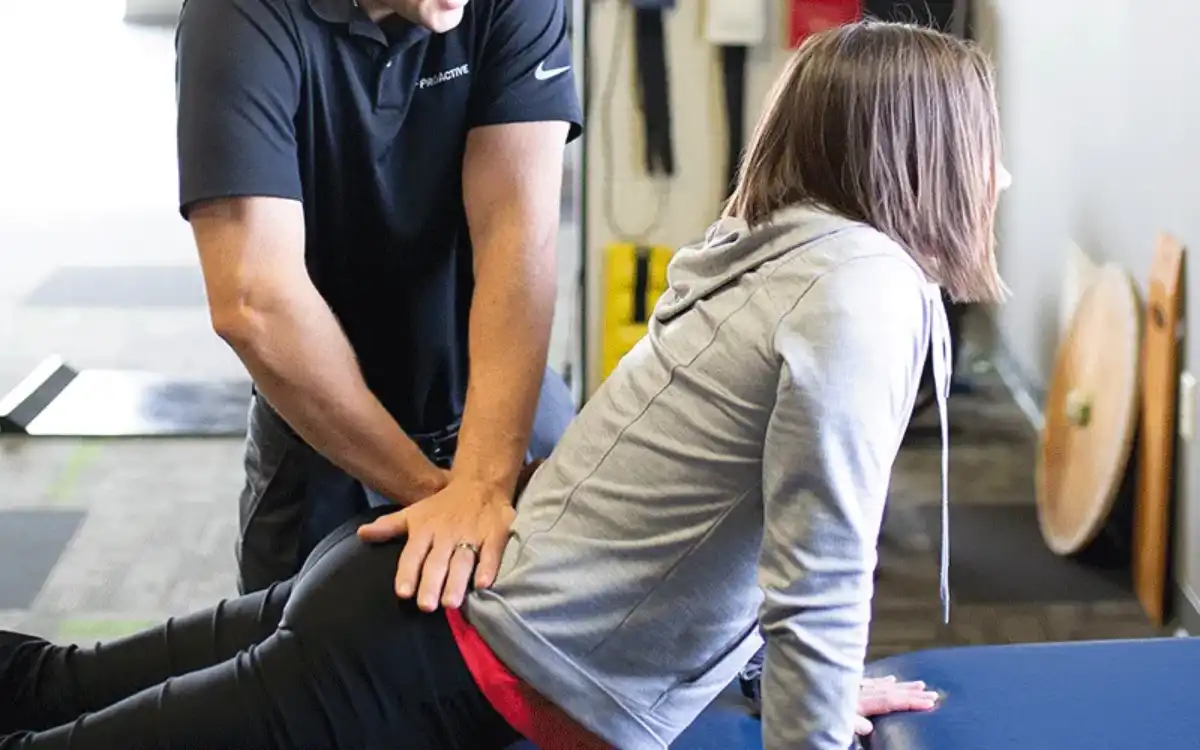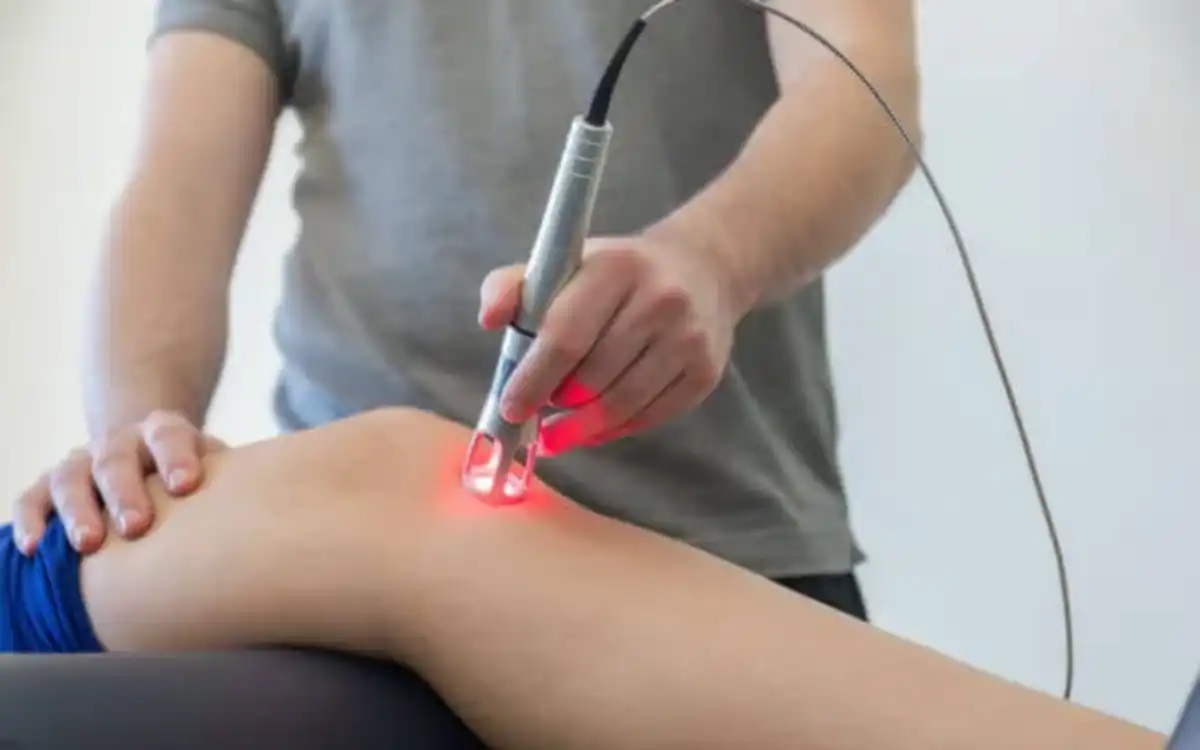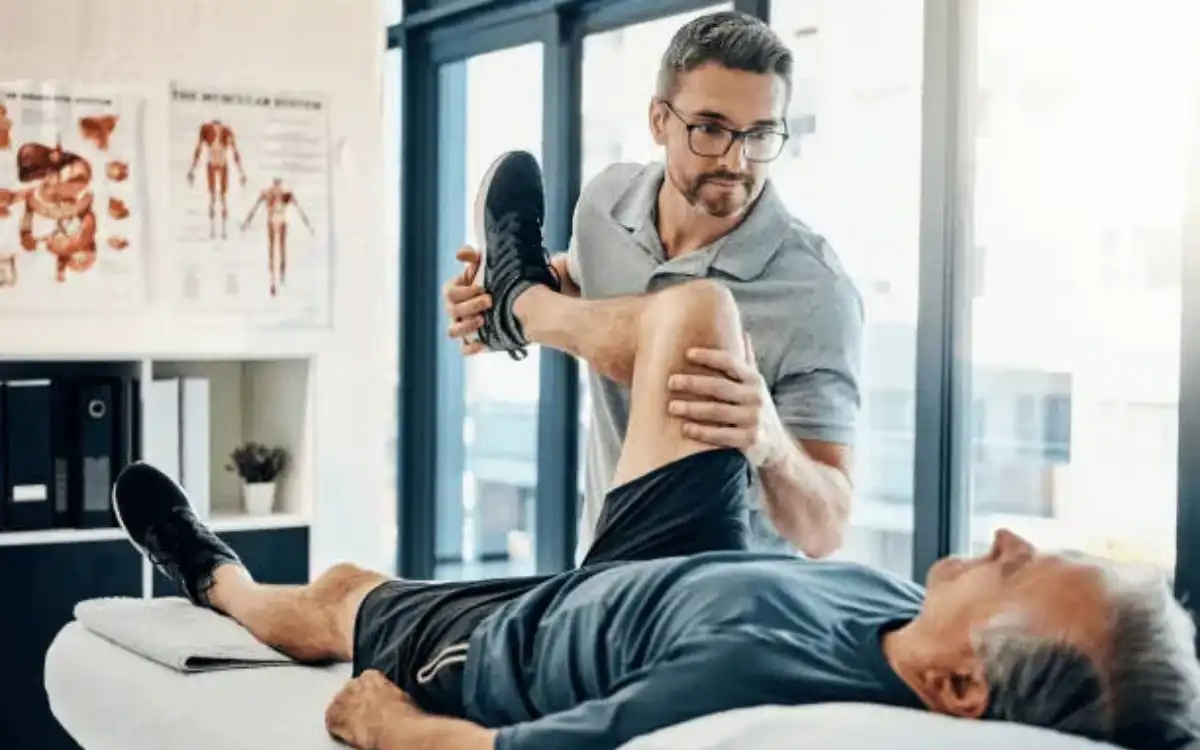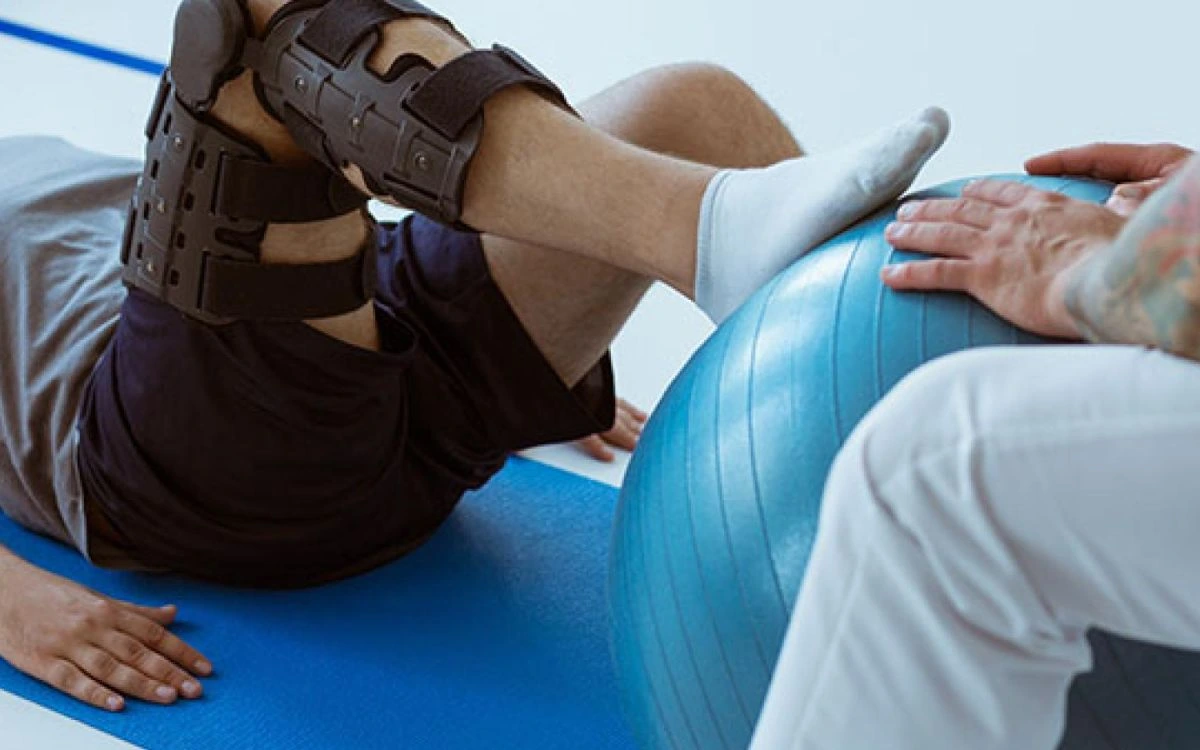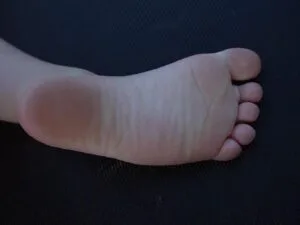OVERVIEW
Plantar Fasciitis
Heel pain is most commonly caused by inflammation of the fascia at the bottom of your foot.
Plantar fasciitis can be caused by many things. Poor flexibility in the calf muscles, lack of arch support, an increase in activity, poor footwear, excess pronation or repetitive stress conditions (long-distance running) are all common causes of plantar fasciitis. Poor cushioning of your heel due to fat pad shrinkage (shrinkage of the fat pad), poor footwear, excessive walking on hard floors, and being overweight are all common causes of bruised heels.
Plantar fasciitis can affect anywhere from 8 to 21% depending on the medical study that you have read. The pain is usually located in the front of your calcaneus. The pain may also extend to the arch of your foot, but less often. Micro-tearing occurs at the attachment point of the plantar fascia to the base of calcaneus. The inflammatory response that follows causes pain, swelling, warmth and loss of function (difficulty in standing or walking), as well as redness.
Plantar fasciitis often worsens in the morning, when one gets out of bed. The theory is that the fascia inflamed while we sleep may be shortening or trying to heal. A bone spur can be detected on x-ray if the problem persists.
We believe that the bone spur is not the source of pain. It is the body’s attempt at healing the plantar fascia.
TREATMENT
Possible Treatments
- Ankle Active Range for Motion
- Ankle Joint Mobilization
- Ankle Joint Passive Range of Motion
- Ankle Progressive Resistive Motion Range
- Cold Therapy
- Electrotherapeutic Modealities
- Walking Training
- Isometric Exercise
- Iontophoresis
- Exercises in Proprioception
- Physical Agents
- Soft Tissue Mobilization
- Stretching/Flexibility Exercise
GOALS
Possible Treatment Goals
- Balance Improvement
- Reduce the chance of reoccurrence
- Increase your fitness
- Enhance Function
- Increase Muscle Strength and Performance
- Increase oxygen to tissues
- Enhance Proprioception
- Increase range of motion
- Self-care for Symptoms
- Increase tolerance for prolonged activities

